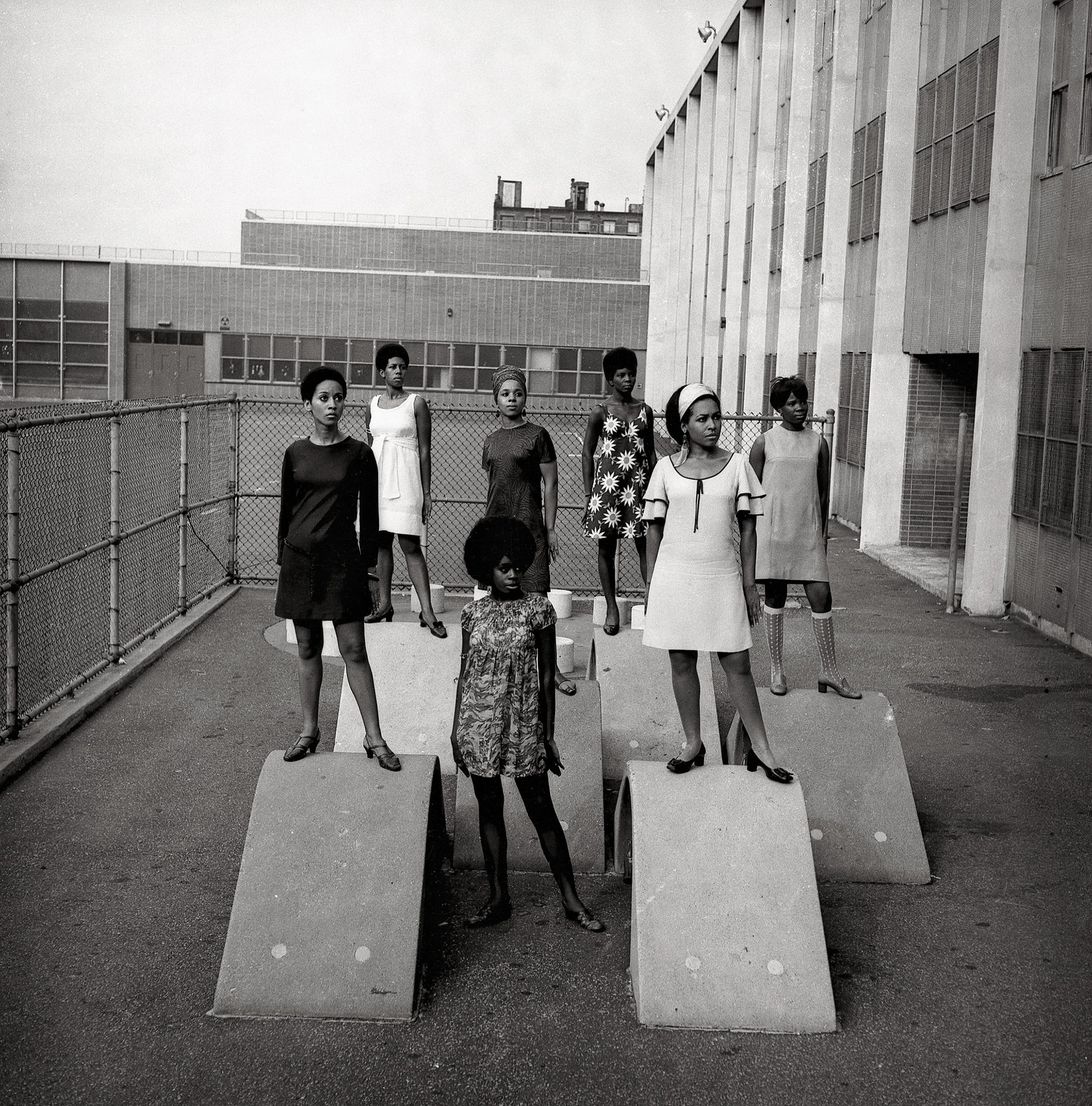
In the 1960s, the fashion world turned “topsy-turvy,” as TIME noted in 1967. Nearly every aspect of that revolutionary decade, from the civil-rights movement to the space race, was somehow reflected in the clothing worn by American women.
The book Mod New York: Fashion Takes a Trip, which is being released in coordination with a show of the same name at the Museum of the City of New York (opening Wednesday), takes a look at the influences behind and lasting influence of American fashion in the years between 1960 and 1973. As this sampling of photos shows, fashion’s reach was broad, stretching all the way to the White House.
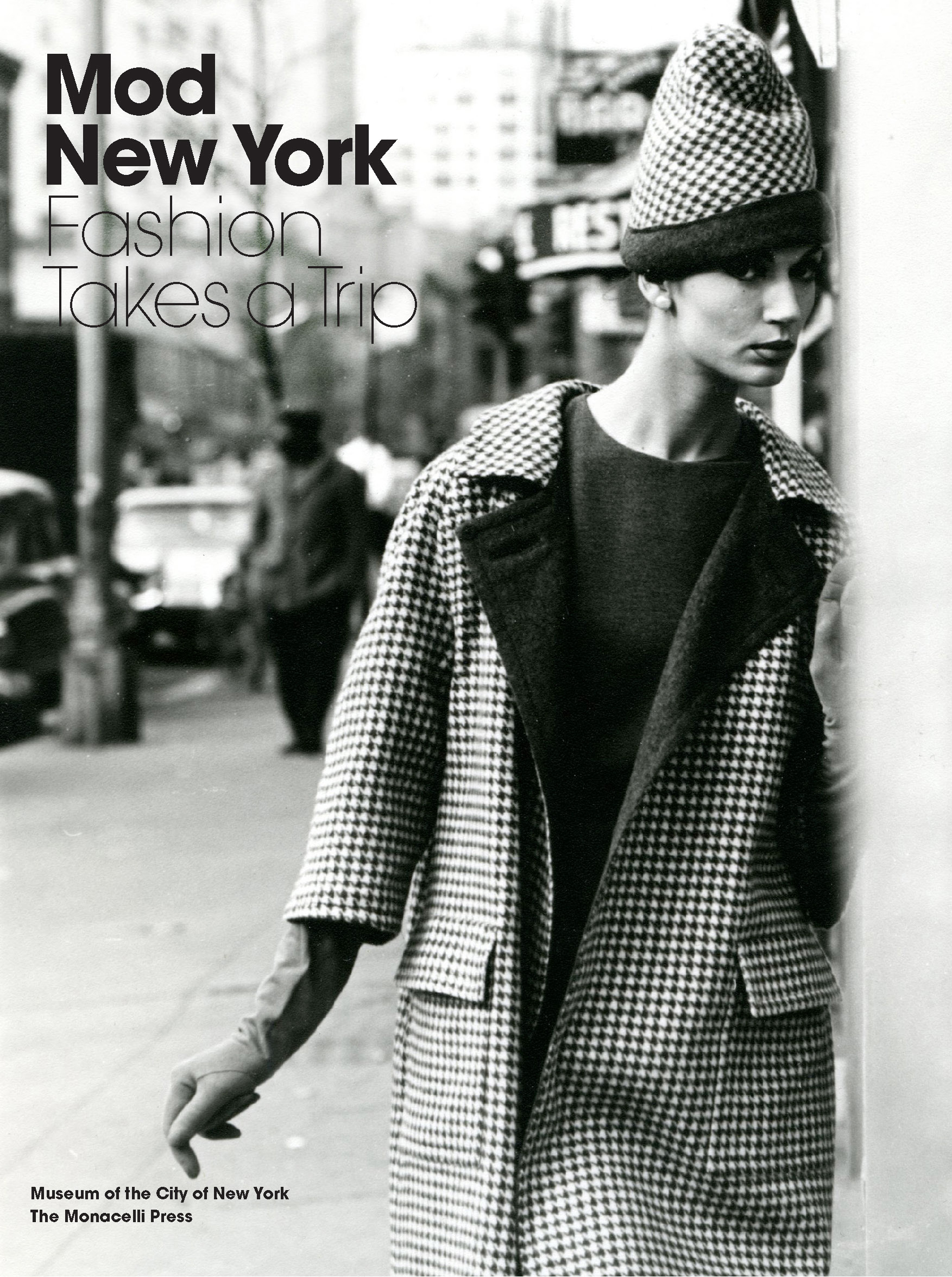
As the book notes, for a long time before this period, American fashion hadn’t actually been all that American. High fashion, after all, was synonymous with France. But during World War II, when trade and communication with Paris grew more difficult, French designers’ counterparts in New York City stepped up. By 1960, as John and Jacqueline Kennedy — whose personal style was often drawn from French influences — floated into the White House with an aura of American youth, the idea of truly American fashion was not so far-fetched.
As the rate of changing trends accelerated throughout the 1960s, women who cared about clothes threw off old norms about what was proper — just as much of American society broke loose from restrictions of the past. Though Jackie Kennedy broke new ground for American fashion, she made way for a series of looser and more revolutionary looks than she herself presented. Art and youth movements made themselves known in the fashion world. Black models and African-inflected clothing inspired and reflected the pride of the civil-rights movement. Feminism was embodied first in miniskirts, which defied the model femininity of the 1950s, and then with clothing designed for women in careers.
What TIME once called the “mod, mod world of fashion” was, it turned out, a crucial part of the larger mod, mod world of the 1960s.
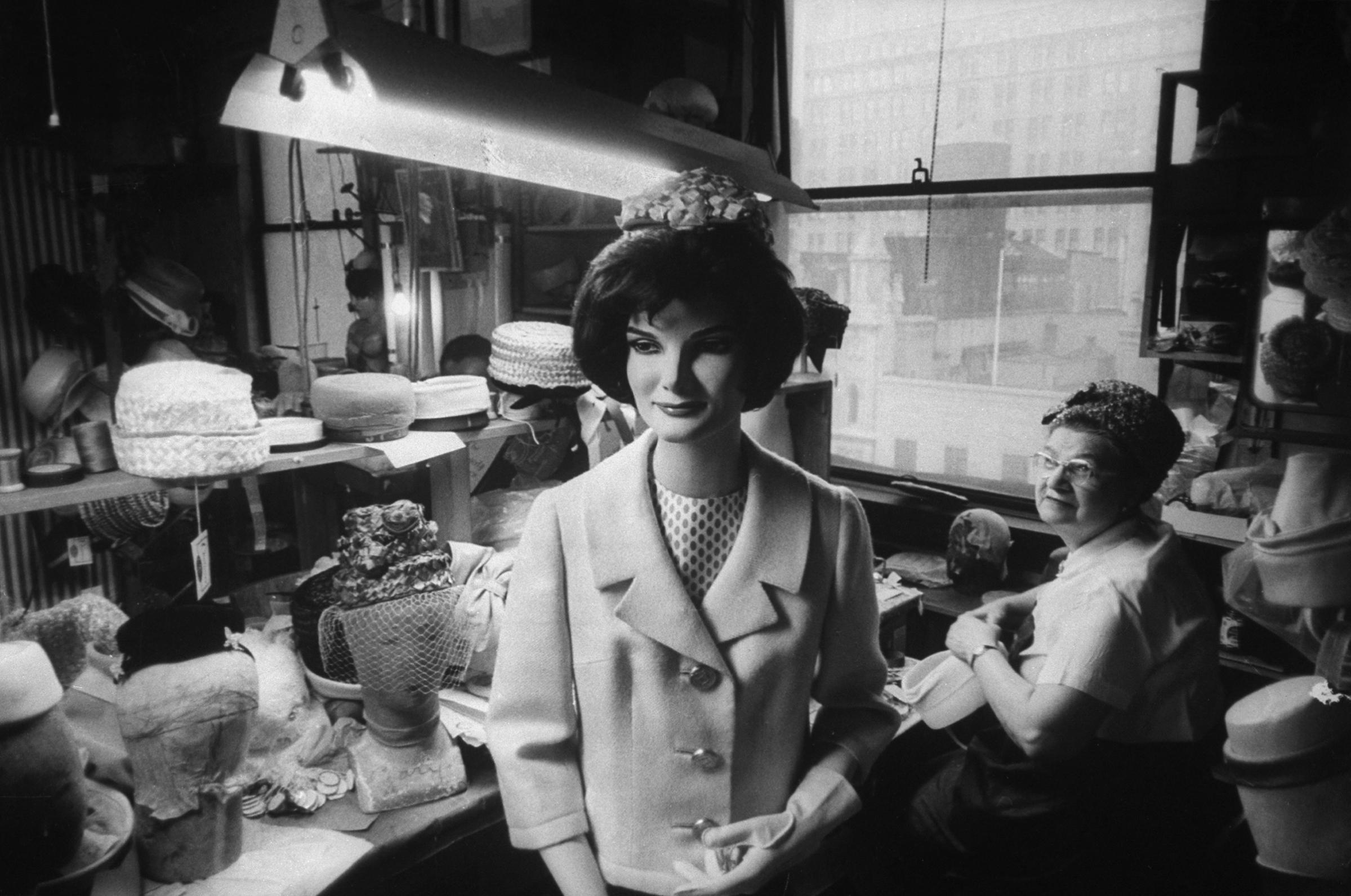
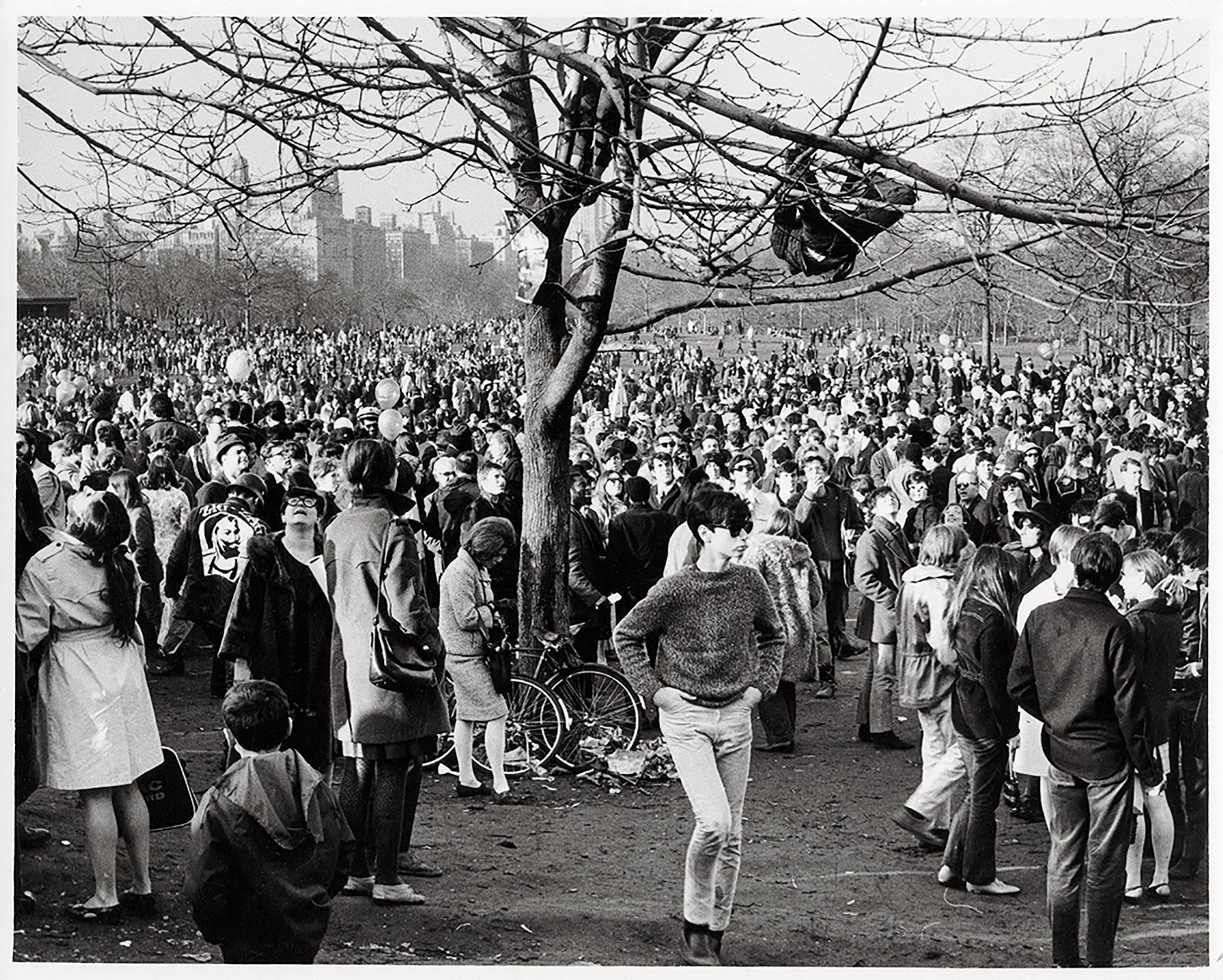
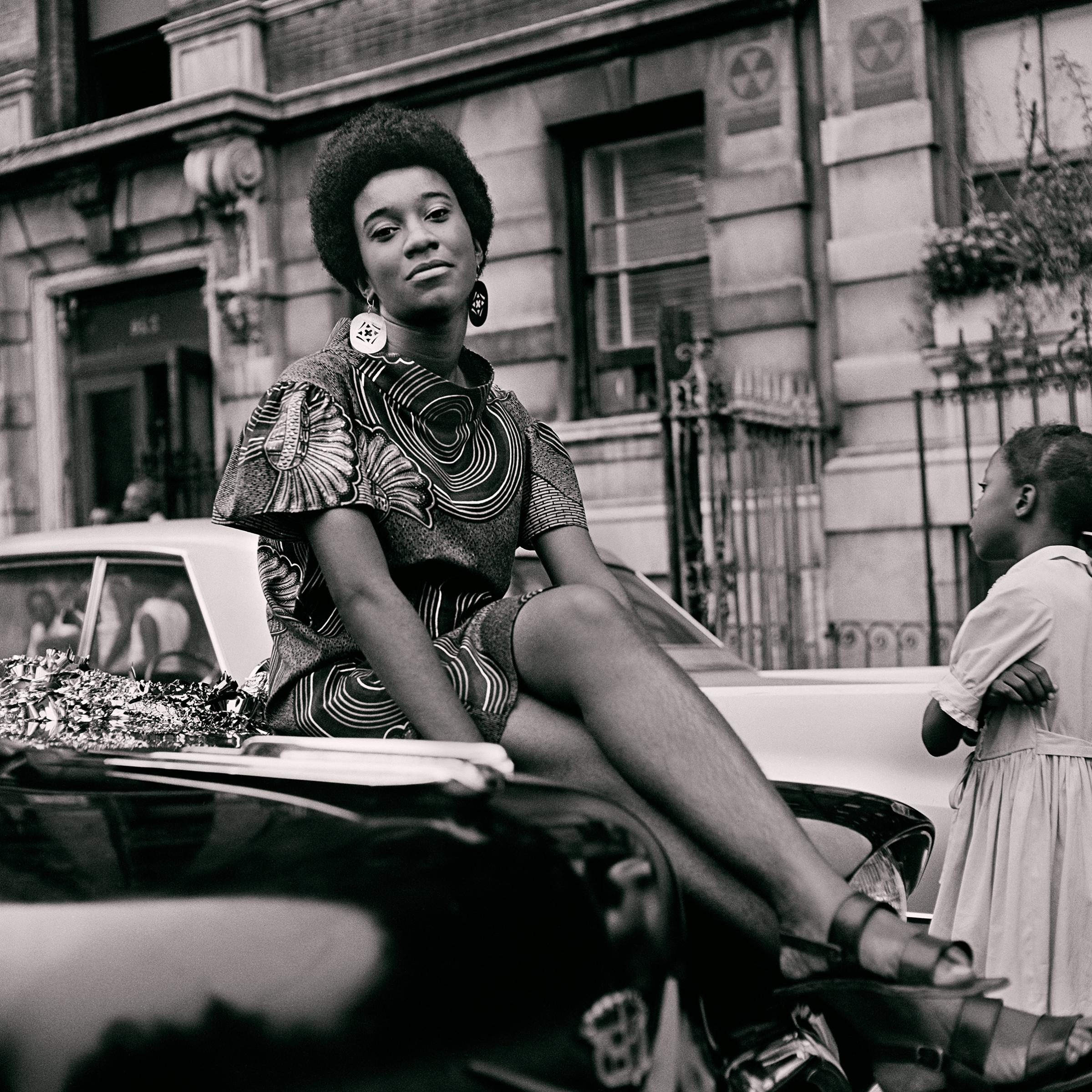
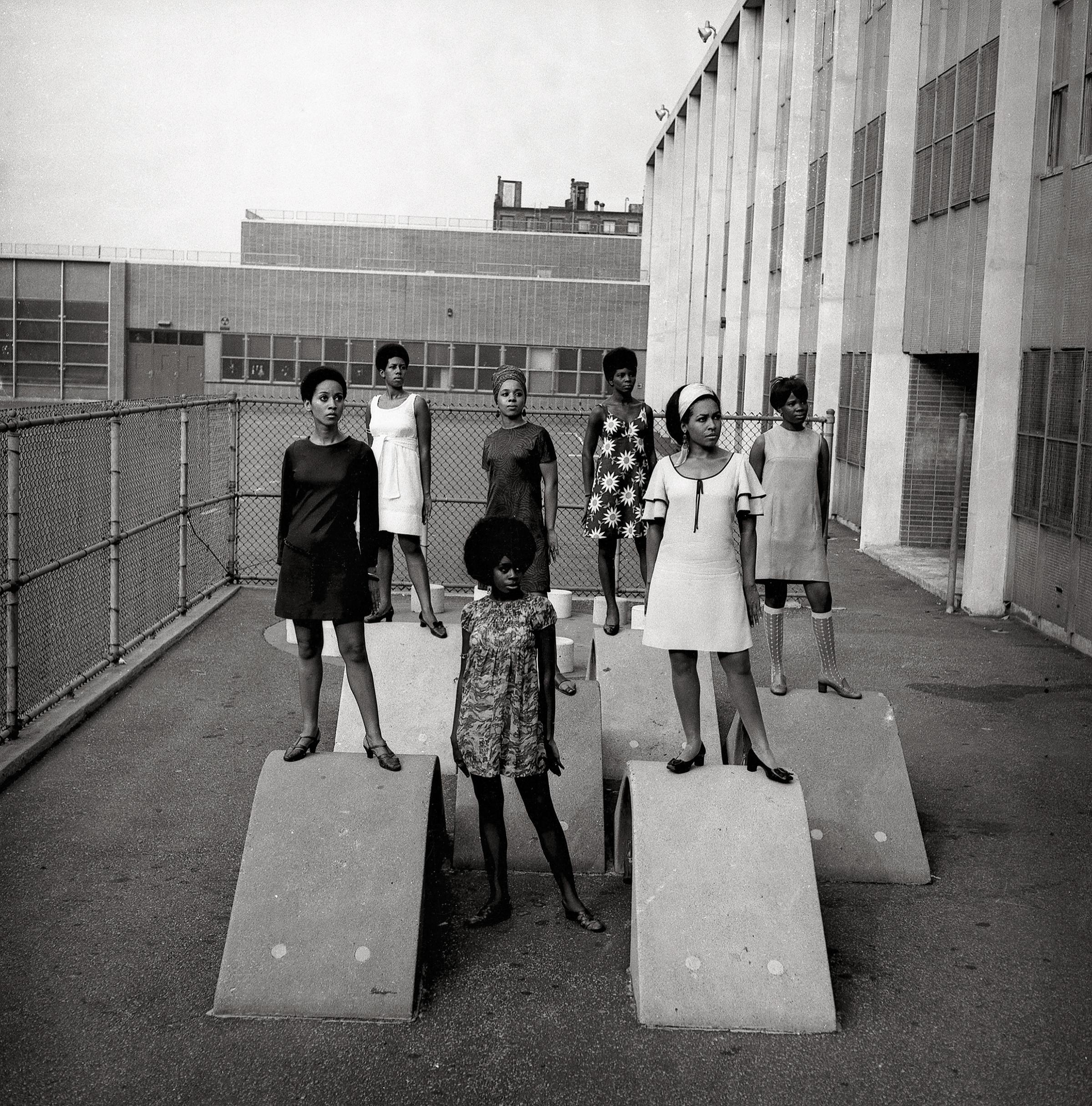
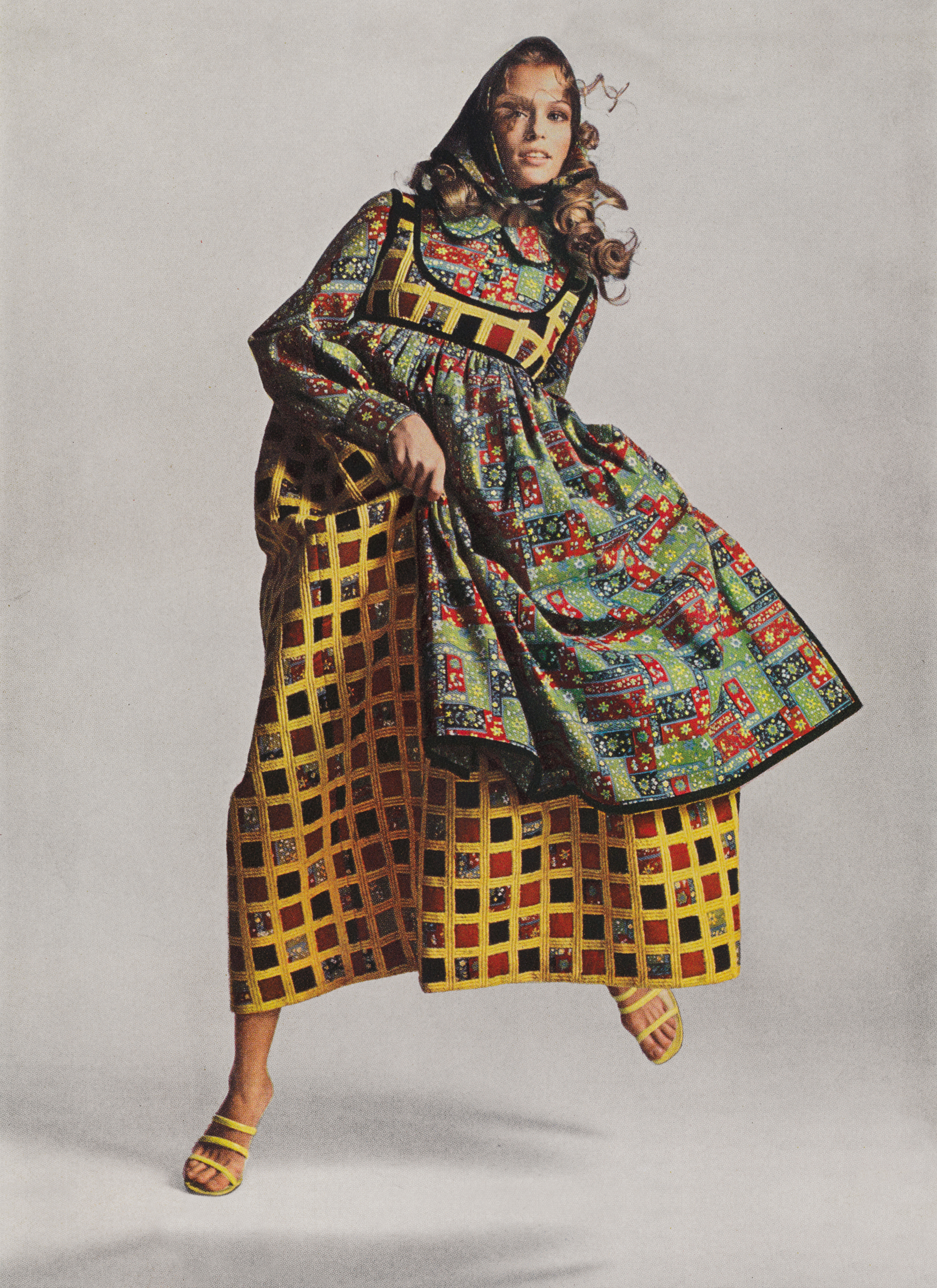
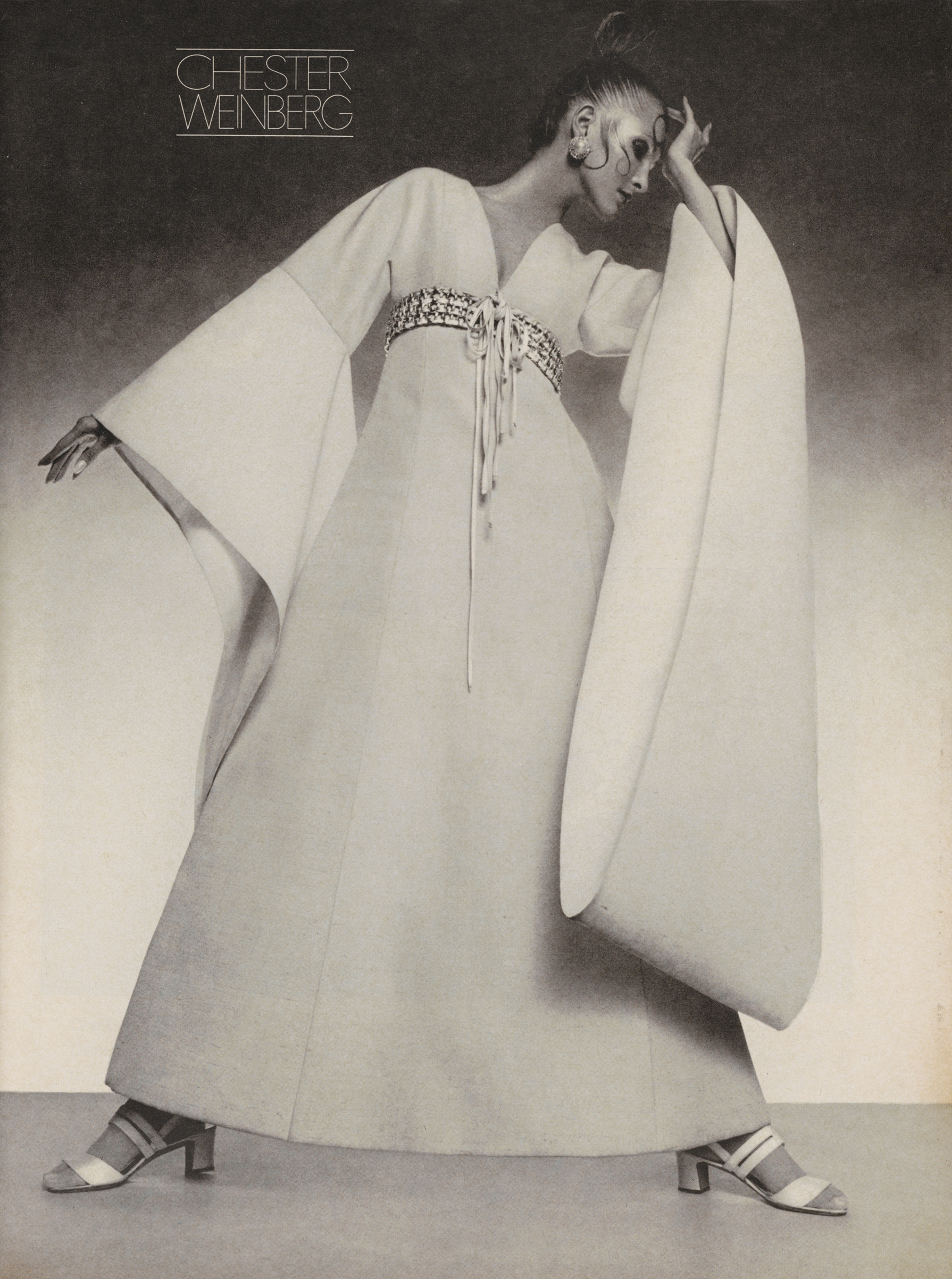
More Must-Reads from TIME
- How Donald Trump Won
- The Best Inventions of 2024
- Why Sleep Is the Key to Living Longer
- Robert Zemeckis Just Wants to Move You
- How to Break 8 Toxic Communication Habits
- Nicola Coughlan Bet on Herself—And Won
- Why Vinegar Is So Good for You
- Meet TIME's Newest Class of Next Generation Leaders
Write to Lily Rothman at lily.rothman@time.com